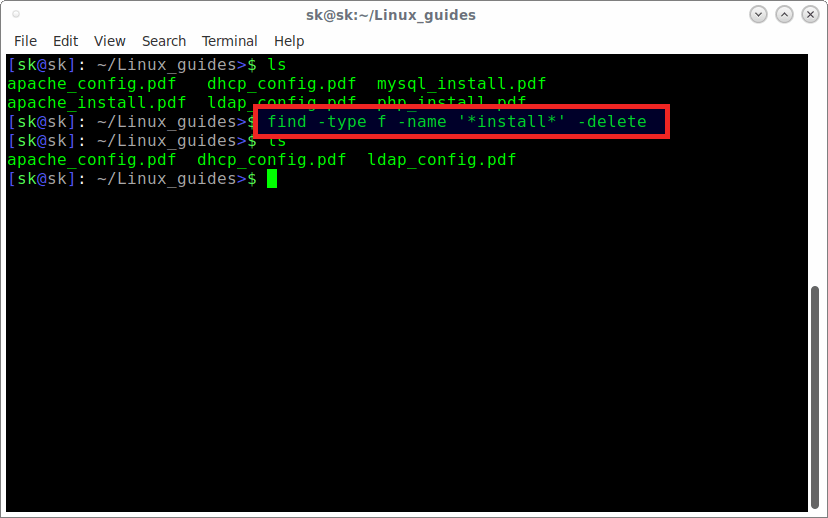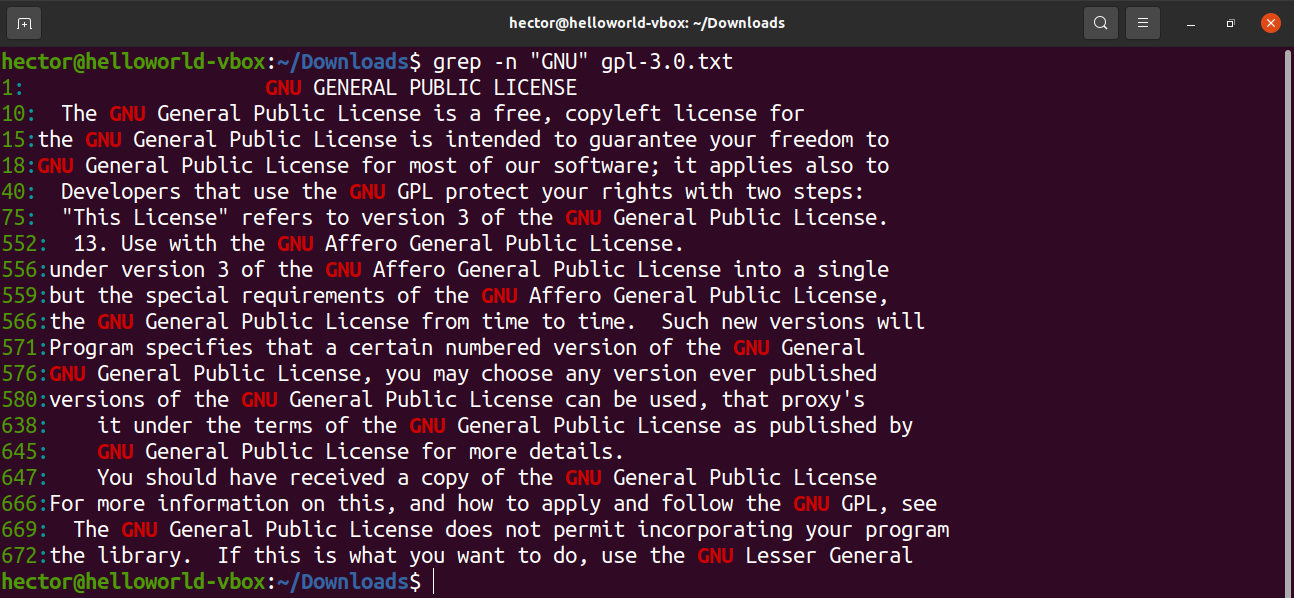

There are two ways to search for a pattern of numbers or letters in the Vim/Vi text editor.ġ. Vi and Vim open a file in normal mode by default.

This allows in-text navigating while using normal editor commands. Recurse in directories skip file matching PATTERN.Īs you’ve seen, the grep -r command makes it easy to recursively search directories for all files that match the search pattern you specify, and the syntax is much shorter than the equivalent find/grep command.įor more information on the find command, see my Linux find command examples, and for more information on the grep command, see my Linux grep command examples.Important: Make sure you are in Normal Mode before you start searching. Recurse in directories only searching file matching PATTERN. Read all files under each directory, recursively this is Here’s the section of the Linux grep man page that discusses the -r flag:
#SEARCH FOR TEXT IN FILES LINUX HOW TO#
Since I tend to mark comments in my code with my initials ("aja") or my name ("alvin"), this recursive egrep command shows how to search for those two patterns, again in a case-insensitive manner: You can also perform recursive searches with the egrep command, which lets you search for multiple patterns at one time. In this example, the search is made case-insensitive by adding the -i argument to the grep command. This next example shows how to recursively search two unrelated directories for the case-insensitive string "alvin": Your recursive grep searches don’t have to be limited to just the current directory. If you haven’t used commands like these before, to demonstrate the results of this search, in a PHP project directory I’m working in right now, this command returns a list of files like this: As you’ll see below, you can also add -i for case-insensitive searches.

The -l option (lowercase letter L) says “list only filenames”.The -r option says “do a recursive search”.However, I was just reminded that a much easier way to perform the same recursive search is with the -r flag of the grep command:Īs you can see, this is a much shorter command, and it performs the same recursive search as the longer command, specifically: This command can be read as, “Search all files in all subdirectories of the current directory for the string ‘alvin’, and print the filenames that contain this pattern.” It’s an extremely powerful approach for recursively searching files in all subdirectories that match the pattern I specify. Solution 1: Combine 'find' and 'grep'įor years I always used variations of the following Linux find and grep commands to recursively search subdirectories for files that match a grep pattern:įind. Two solutions are shown next, followed by some additional details which may be useful. Unix/Linux grep FAQ: How can I perform a recursive search with the grep command in Linux? Contact me at (al) at valleyprogramming (dot) com for details. Want to work together? Your business can now hire me (Alvin Alexander) for small Scala and Flutter side projects.


 0 kommentar(er)
0 kommentar(er)
